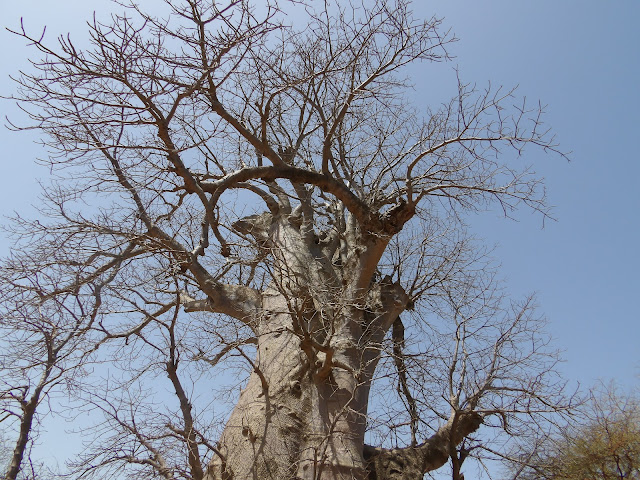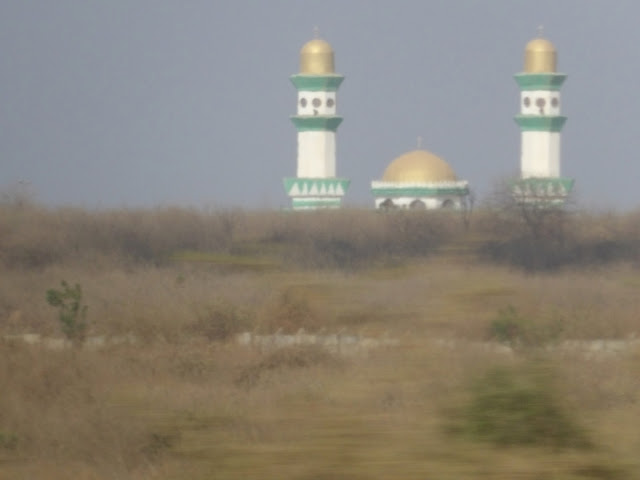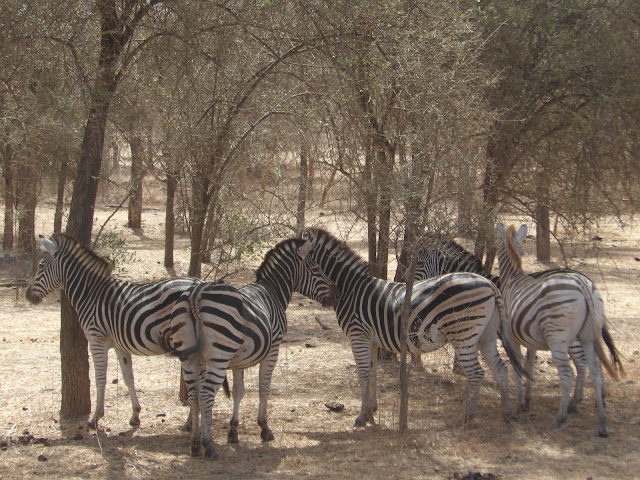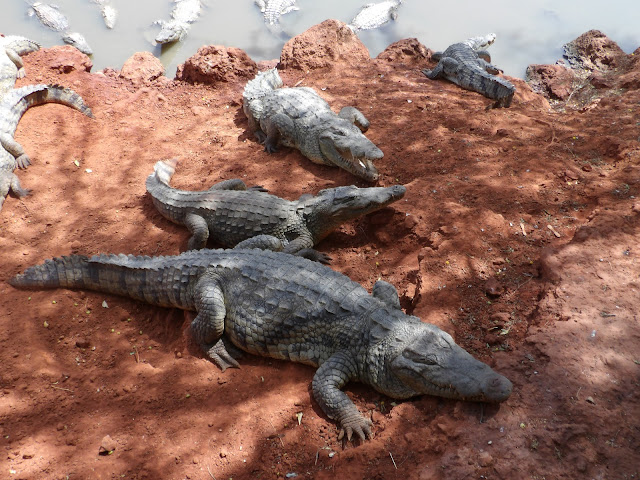
Dakar is the capital and largest city of Senegal. The department of Dakar has a population of 1,182,417, whereas the population of the Dakar metropolitan area is estimated at 3.9 million in 2023.
The area around Dakar was colonized by the Portuguese in the early 15th century. The Portuguese established a presence on the island of Gorée off the coast of Cap-Vert and used it as a base for the Atlantic slave trade. France took over the island in 1677. Following the abolition of the slave trade and French annexation of the mainland area in the 19th century, Dakar grew into a major regional port and a major city of the French colonial empire. In 1902, Dakar replaced Saint-Louis as the capital of French West Africa. From 1959 to 1960, Dakar was the capital of the short-lived Mali Federation. In 1960, it became the capital of the independent Republic of Senegal. Dakar will host the 2026 Summer Youth Olympics.
More info: https://en.wikipedia.org/wiki/Dakar
http://www.reservedebandia.com/films.html
The Bandia wildlife reserve is a real
ecological jewel in the crown of Senegal. It has succeeded in reintroducing
much of the marvelous native flora and of some of Africa’s best loved animals.
Many of which had gradually disappeared, some of them centuries ago, due to
demographic pressure and poaching. Bandia lies 65km from Dakar and 15km from
Saly-Portugal (the seaside resort town on the “Petite Côte”) on the main road
(N1) to Mbour and Casamance.
This is what the Mondios guide has to say about
it: “Half-way between Thoiry [translator’s note: a safari park in France] and a
small-scale Ngorogoro crater or Kenya’s Masai Mara, the reserve of Bandia lends
itself well to photo safaris. It is close to the capital and to Saly-Portugal
and brings the legendary animals of Africa to your doorstep”. In the grandiose
setting of giant baobabs, thorny scrub and lush vegetation you will get a heart
stopping sight of herds of big antelopes and gazelle.
All this lies within the 3,500 hectares of
fenced natural habitat, Visitors can get around the reserve in a private car or
four wheel drive vehicle or in the reserve’s own safari trucks which can be
hired on site. If you do not have your own transport then you can sign up to
one of the visits organized by the major hotels in Saly or Dakar. To enhance
your visit you will need to hire a specially trained guide who is matchless in
his ability to spot a baby giraffe, a vulture’s nest or a lone buffalo.
You will get close to most of the animals
(within reason!): a real treat for photographers! You will also be able to get
out and walk at times and may even get a closer look at a rhinoceros hidden in
the bush. However, it is advisable to stay in your vehicle near male ostrich
(with the black and white plumage) who are often aggressive especially in the
mating season. In the dry season, nature lovers even have the opportunity of
going on a nature ramble in the dry riverbed of the Somone River in the shade
of Senegal’s great mahogany trees.
In addition to the fauna and flora, visitors can
also see replicas of Serere pyramids with burial chambers, griot [traditional
story tellers and entertainers] tombs in the hollow of a thousand year old
baobab containing authentic human bones, a charcoal makers’ grindstone, Peulh
huts, etc... Our competent guides, some of whom are multi-lingual, will give
you detailed explanations of all the sights and sounds in the park, illustrated
by delightful anecdotes. A restaurant and bar overlook a waterhole where
buffaloes wallow and crocodiles lurk looking like floating logs, and you will
hear the squabbling of monkeys in the trees.
Along a freeway toward our destination excursion at Bandia Reserve
Luggage rack on top of a passenger bus
In front of luggage rack is a refrigerator
New International airport; Senegal will host Junior Olympics in a few years, the first ever Olympics in Africa
Relatively new masque
Impalas
African buffalo
Guinee Hens
East African or Patterson Antelope
https://en.wikipedia.org/wiki/Common_eland






Adansonia digitata, the African baobab, is the most widespread tree species of the genus Adansonia, the baobabs, and is native to the African continent and the southern Arabian Peninsula (Yemen, Oman). These are long-lived pachycauls; radiocarbon dating has shown some individuals to be over 2,000 years old. They are typically found in dry, hot savannas of sub-Saharan Africa, where they dominate the landscape and reveal the presence of a watercourse from afar. They have traditionally been valued as sources of food, water, health remedies or places of shelter and are a key food source for many animals. They are steeped in legend and superstition. In recent years, many of the largest, oldest trees have died, for unknown reasons. Common names for the baobab include monkey-bread tree, upside-down tree, and cream of tartar tree.
African baobabs are trees that often grow as solitary individuals, and are large and distinctive elements of savanna or scrubland vegetation. They grow from 16–82 feet tall. The trunk is typically very broad and fluted or cylindrical, often with a buttressed, spreading base. Trunks may reach a diameter of 33–46 feet, and may be made up of multiple stems fused around a hollow core. The hollow core found in many tree species is the result of wood removal, such as decay of the oldest, internal part of the trunk. In baobabs, however, many of the largest and oldest of the trees have a hollow core that is the result of a fused circle of three to eight stems sprouting from roots. The bark is gray and usually smooth. The main branches can be massive. All baobabs are deciduous, losing their leaves in the dry season, and remaining leafless for about eight months of the year. Flowers are large, white and hanging. Fruits are rounded with a thick shell.






When trees hollow-out, they have been used as tombs
After returning to the ship, we had two sea days on our way to the Canary Islands

























































Comments
Post a Comment